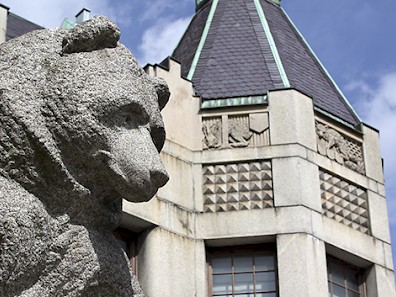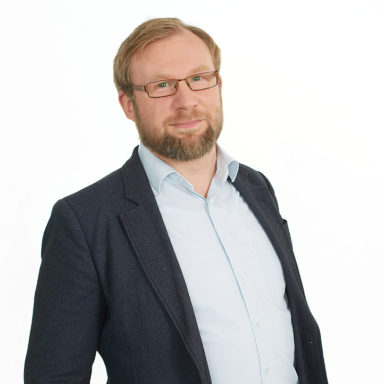The National Museum of Finland gets a Digital Twin
Granlund Manager’s Digital Twin solution is a step towards the property management of the future. The solution provides a new 3D navigation interface to be linked with databases and cloud-based services for property maintenance. One of the places where Granlund Manager’s Digital Twin is in use is the National Museum of Finland, where the aim was to make maintenance and condition information available to end users in a visual form.
The National Museum of Finland needed a visual interface to manage the conditions of the exhibition spaces. It was the museum’s wish to obtain a modern user interface for measuring the museum’s indoor conditions, enabling the monitoring of the conditions of the exhibition spaces with the help of a floor plan or a 3D user interface.
“We have been looking for a solution that is replicable, cost-effective and technically realistic to implement. The management of maintenance and condition information for our properties is carried out in a centralised manner in Granlund Manager, and Granlund was able to offer us a suitable system,” explains Pasi Pipatti, Senior Specialist in indoor climate and energy use at Senate Properties.
Real-time building condition information for the users of the premises
The National Museum has high standards for indoor conditions. “Many of the items are on loan, and it is important that we are able to report to the owners the exact conditions in which the items are kept. The museum has a 3D user interface that indicates the humidity and temperatures in the exhibition spaces.”
The user interface presents the data of 50 condition sensors in a simple overall view. A calendar view, for example, displays history and persistence data that show how the condition goals have been met.
Well-functioning interfaces enable the import of information from other systems into the user interface. For example, open weather data can be imported into the user interface in real time, which is important because indoor conditions are always affected by outdoor conditions.
For the first time, the building condition information can be displayed on a per room basis and in a format so easy to understand that all users, from maintenance managers to museum curators and conservators, can utilise it in their work.
The users liked the fact that condition monitoring is very transparent. Property management operations can be monitored easily and in real time. As the interface is so clear and works remotely, nothing was hidden. Instead, everything was clear to everyone at all times.
“Digital Twin may one day be the only system the property needs,” says Tomi Nikander, Operations Manager and Architect of the National Museum of Finland.


